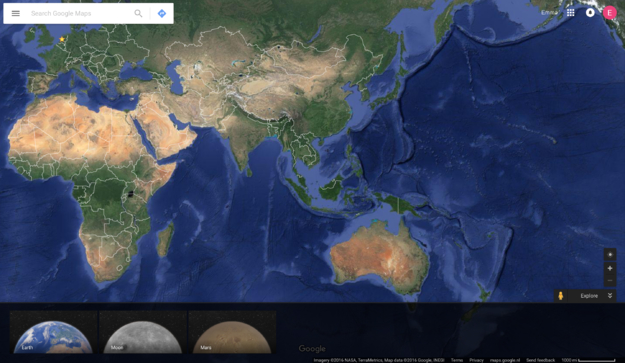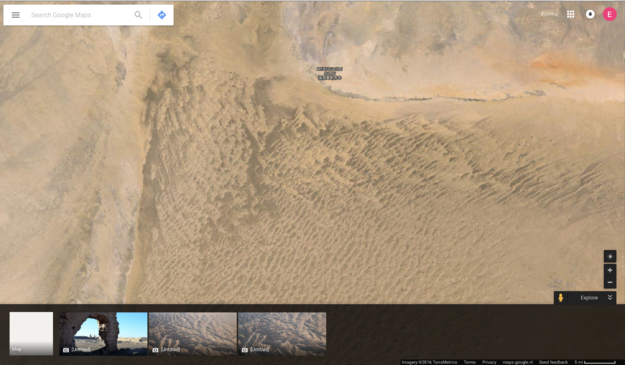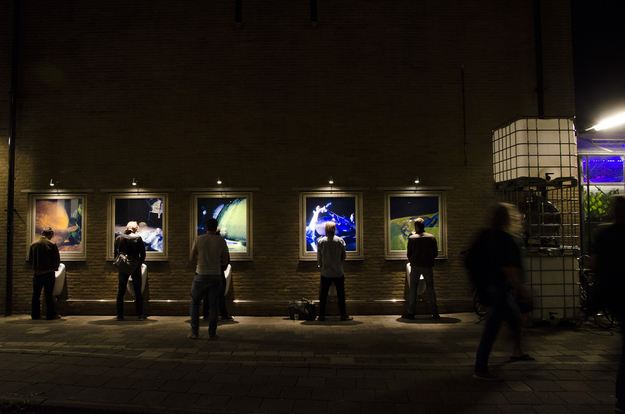Soil
To make a soil it takes generations of life-cycles of millions of organisms. When these entities break down, they return their bodies to the planet’s surface, which results in an accumulation of an incredible variety of nutrients.
‘What the civilized man is leaving behind is only desert,’ write Carter and Dale in their book
Topsoil and Civilisation.
Synthetic Fertiliser
When Chemists Justus Von Liebig and Friederik Wöhler produced urea in a lab for the first time in 1828, both organic chemistry and synthetic fertiliser were born. From that point in history, scientists thought that this was enough to balance out the damage that civilization was doing to the Earth’s soil.
In the presumed testament of Justus Von Liebig he described his fear of the optimistic promises of industrial agriculture. He dedicated his life to discovering a universal solution, to be able to substitute the natural nutrients of the soil. In the end, he declared it to be extremely dangerous. This is because a synthetic fertiliser will never be as rich and complex as the laws that combine to form life on the Earth’s surface.
After realising the error of his ways, he spent the last years of his life writing about soil degeneration. In his last book his tone changes from a scientific approach towards an apocalyptic vision of society.
According to Von Liebig, one of the main errors of the Industrial Age was the introduction of the ‘water-closet’ (toilet) in England at the end of the 19th century. This was actually wasting tons of precious nutrients in the sea and drained the phosphate out of the soil. The plants and Earth are an excellent purification device for water, but when the last is polluted, the process becomes unbalanced.
Decline in Soil Fertility
How Capitalism treated the fertility of the soil is one of the reasons for the decline of Western Society. In the rural culture of China under Communism the inhabitants of the countryside were obliged to use vases instead of toilets and throw their urine over the crops. In some areas of Europe this was also common practice.
Like the ancient Romans, we are now conscious of the poverty of our ground, we know the amount of poison we pour every day onto the surface of the Earth.
Is this consciousness enough to change industrial agriculture and how we deal with the toilet as we know it?
The image at the beginning of this article was taken during the 1934 ‘Dust Bowl’ in America. This phenomenon, a dust tornado of enormous proportions, was due to excessive agricultural practices, which had exhausted the capabilities of the soil. It had a huge impact on collective awareness and led to the establishment of the Soil Conservation Service in order to prevent it from happening again.
Mediamatic and Soil Fertility
The same consciousness is encouraging us to rethink our own impact. We want to end the lost connection between the physiology of our bodies and the chemistry of the soil, and between our stomach and the ground where our food is growing.
A society which is not able to provide the right amount of nutrients to its components is a society destined for collapse.
In the park surroundings of Mediamatic you can take a look at our NIMBY Toilet and Pure Gold installation. They are interactive artworks and educative experiments to reflect on the notion of perceived waste and uneven distribution of natural resources.
What do you need to do? Just pee! Your urine contribution will be used as a powerful fertiliser for the soil of the Mediamatic Dijkspark.




